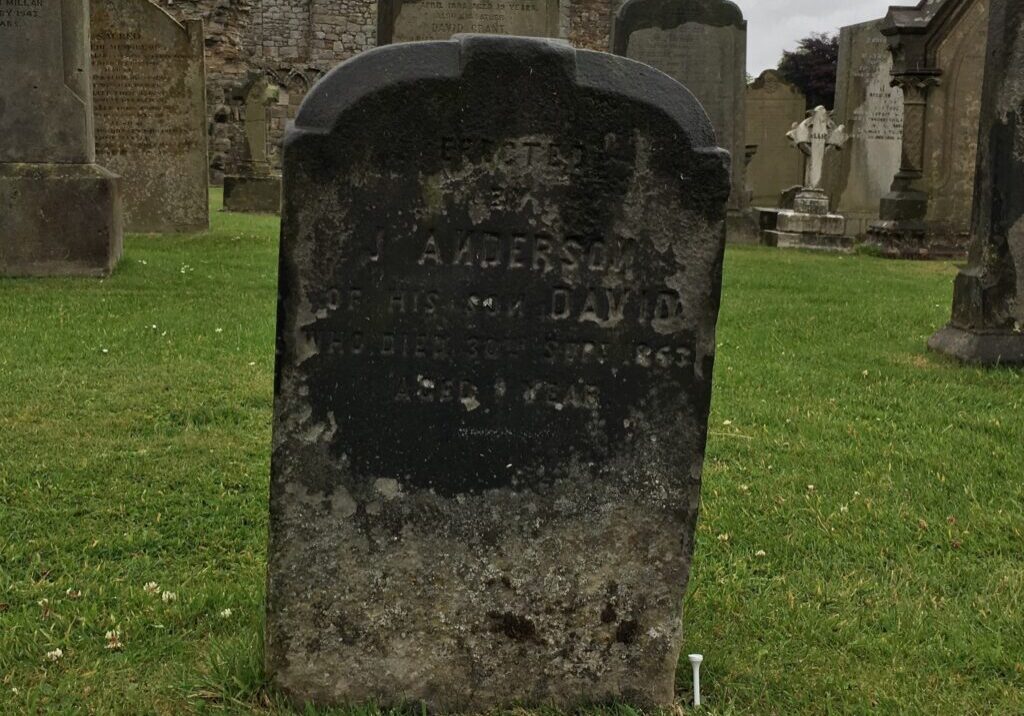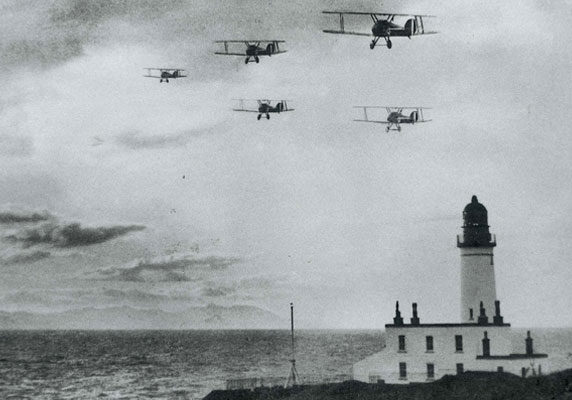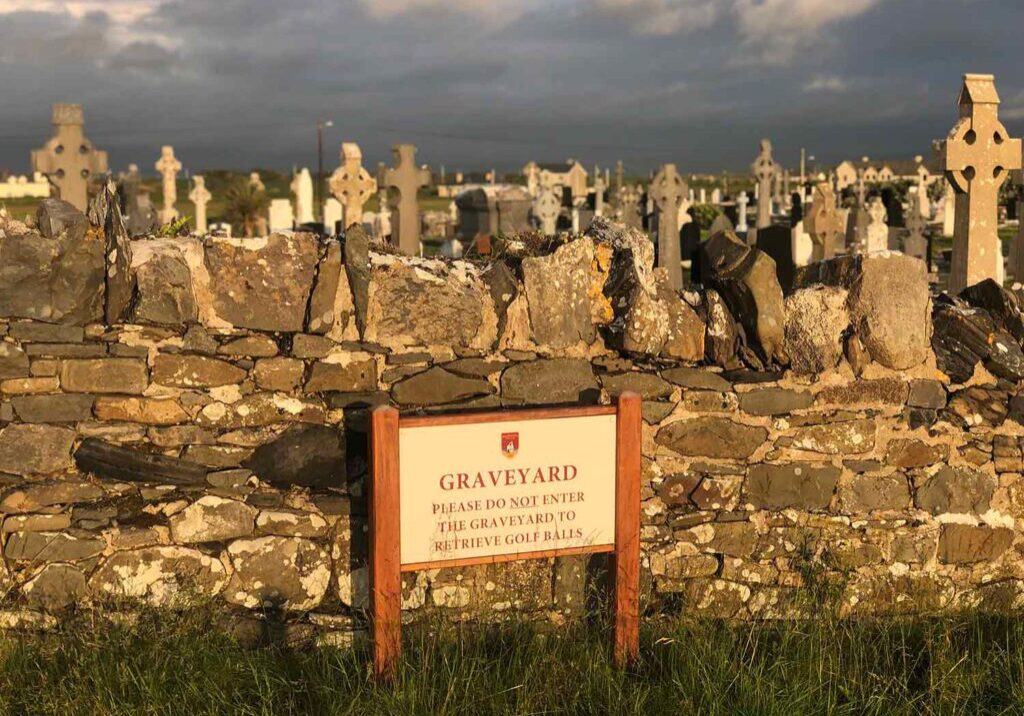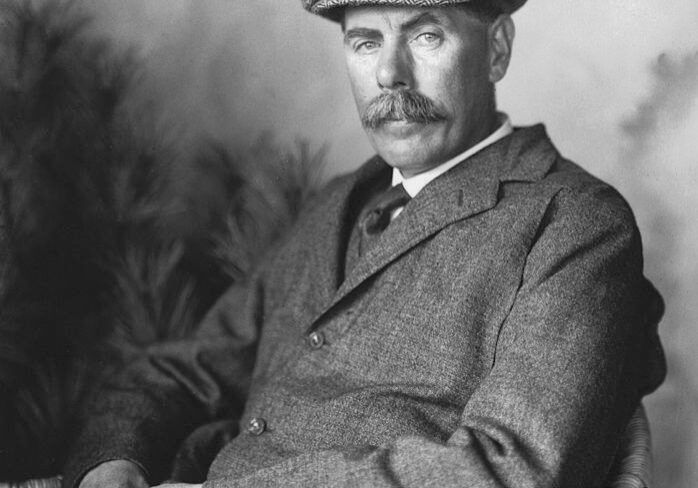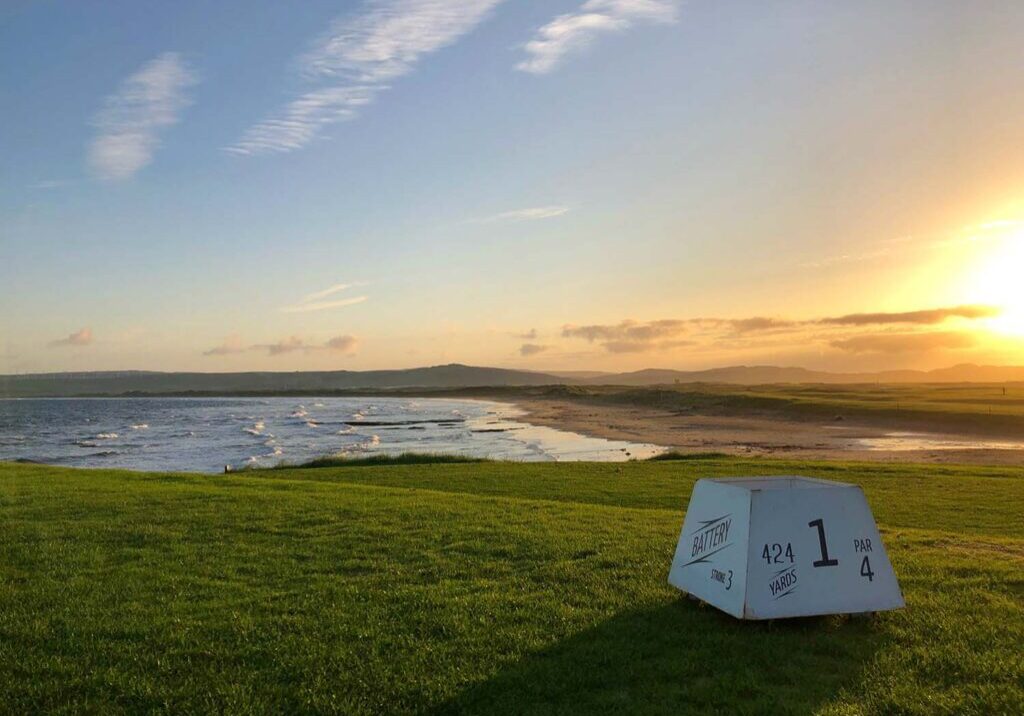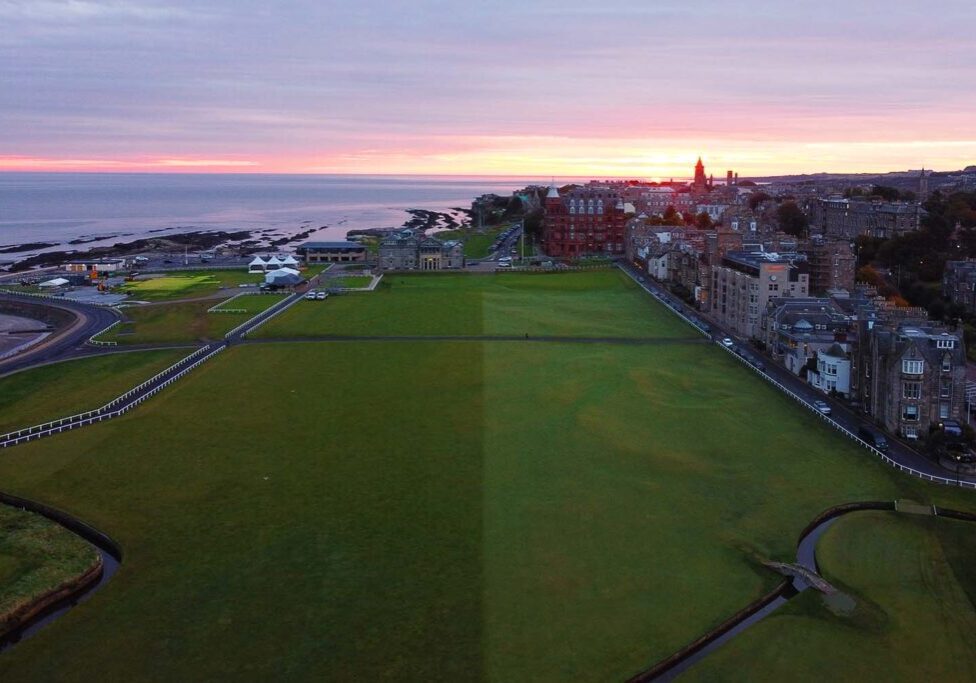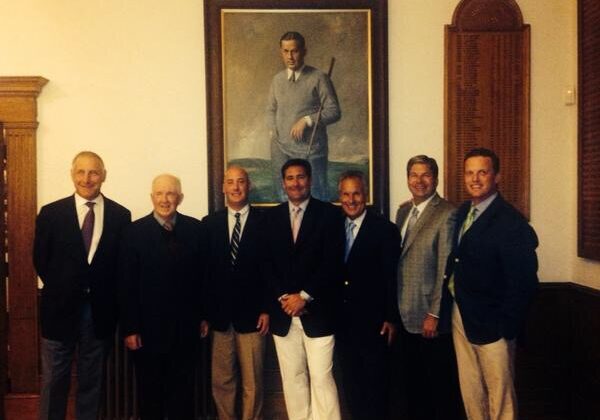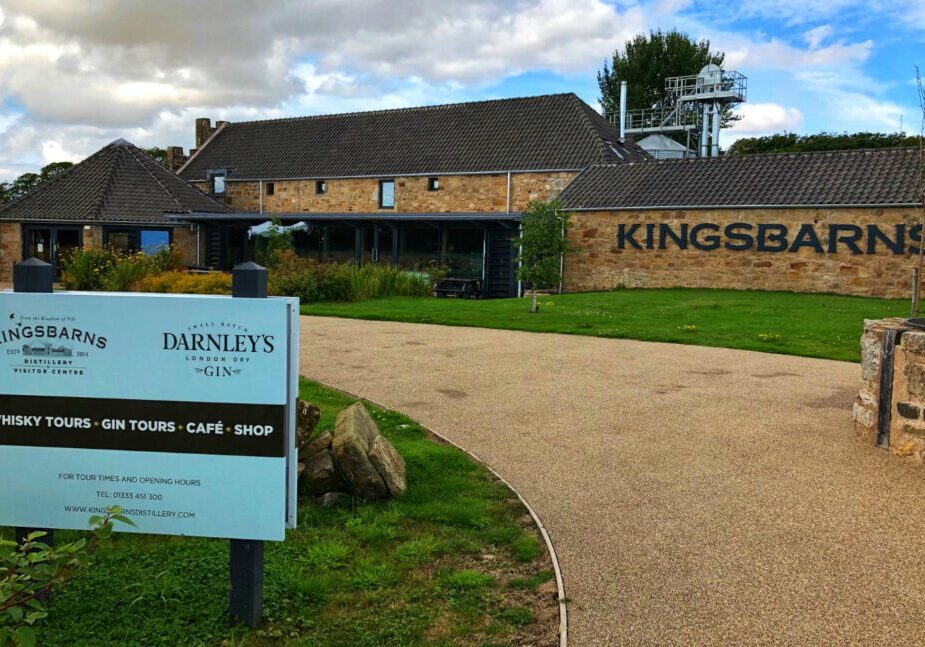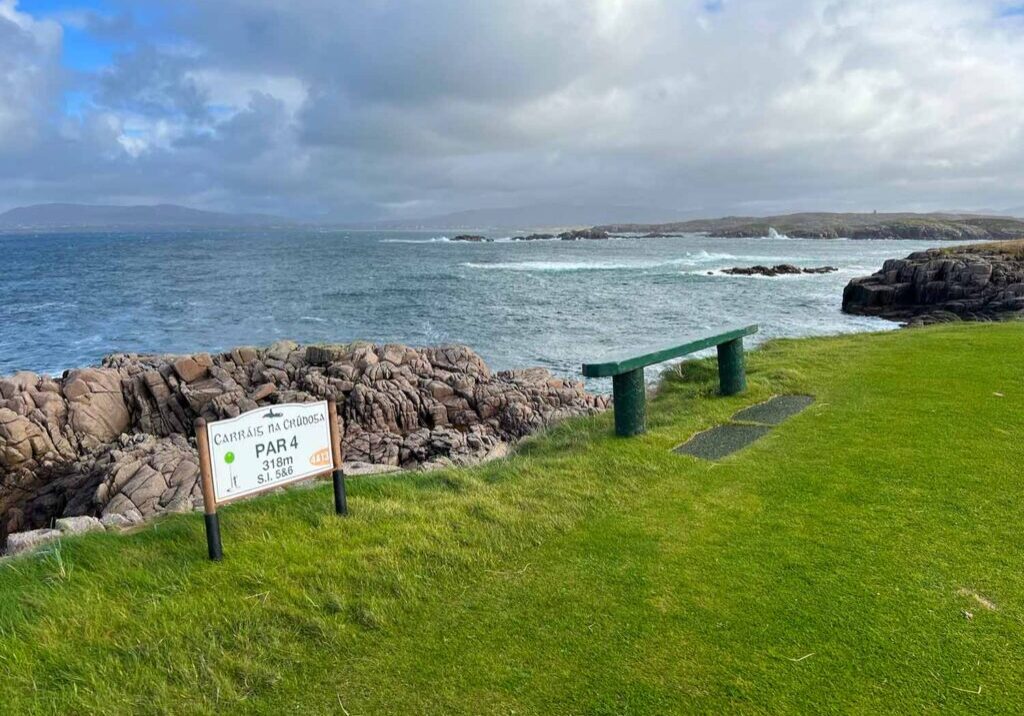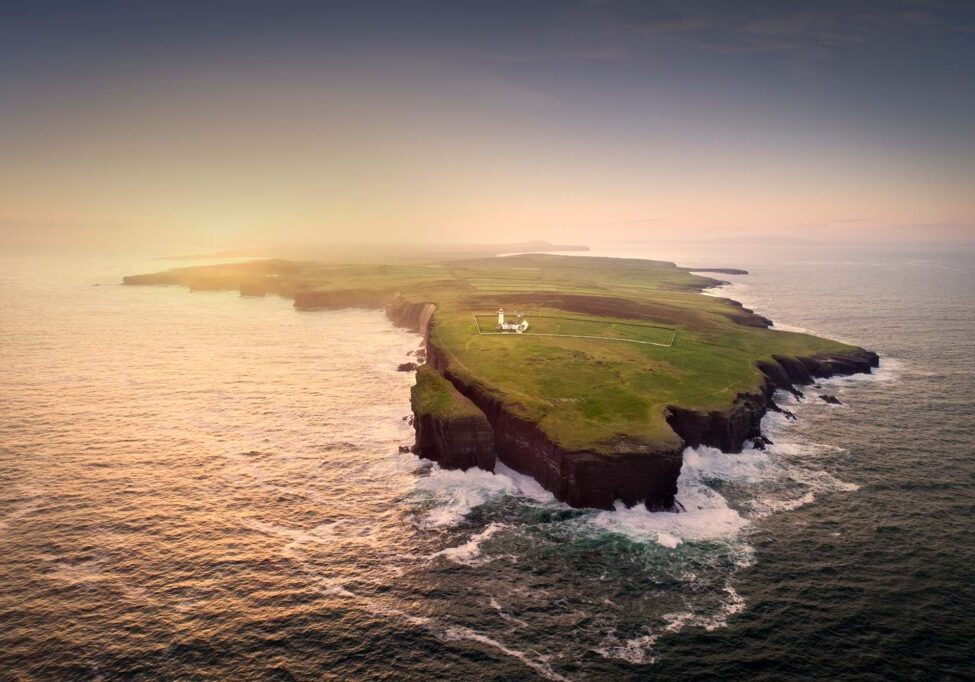
Course Stories – Volume 3
Interesting Tidbits from Across the Pond
Our Course Stories series on YouTube chronicles the unique holes, history, traditions, and tales from the great golf courses of Scotland, Ireland, and England.
These short, entertaining stories cover topics not usually found in the course guide.
For example, in Volume 1 of Course Stories, we shared the stories behind a blind par-3, a 1st hole that no longer exists, and a clubhouse built on the wrong piece of property.
In Course Stories - Volume 2 we shared a few interesting tales from The Old Course at St. Andrews, Portstewart Golf Club, and Royal Troon.
Today, the series moves on to Volume 3, with a visit to Old Head, Ballybunion, and the 1932 Open Championship.
Old Head Golf Links - RMS Lusitania
Old Head Golf Links is located on one of the most dramatic and picturesque landscapes in the game of golf.
But long before there was a golf course, the Old Head of Kinsale served as an important landmark for maritime traffic.
A beacon of some form has stood at Old Head since at least the 17th century. The current lighthouse was built in 1850.
Although Old Head has been the site of many shipwrecks through the years, none was more notorious and tragic than the sinking of the Lusitania.
On May 7th, 1915, the Lusitania – then the largest passenger ship in the world – was torpedoed by a German U-boat, shortly after marking its final position off the Old Head Lighthouse.
Nearly 1200 passengers and crew lost their lives, including 123 Americans.
Today, a memorial to the Lusitania stands on the course in honor of those lost several miles offshore.
Ballybunion Golf Club - Tom Watson
Perhaps no American golfer is more closely connected to a club across the pond than Tom Watson and Ballybunion.
Watson visited Ballybunion Golf Club for the first time in 1981.
That visit began a four decade love affair between the five-time Open Champion and this jewel of links golf in Southwest Ireland.
Watson once wrote that “Ballybunion is the course on which many golf architects should live and play on before they build golf courses.”
Today, a plaque at the clubhouse commemorates the relationship between Watson and Ballybunion and the 11th hole - arguably the finest on the course - is named in his honor.
Princes Golf Club - 1932 Open Championship
Gene Sarazen arrived to the 1932 Open Championship at Prince’s Golf Club with a new club that he’d designed to give himself a slight edge over the rest of the field.
Legend has it that Sarazen was so concerned about the other competitors discovering his new, secret club that he actually carried it upside down with the club head at the bottom of his bag.
The Squire went on to win the Claret Jug by five-strokes, thanks in no small part to his play from a cavernous bunker on the final hole.
The bunker is now renamed in his honor and the club… We now know it as the sand wedge.
Additional Reading
Visit the Yardage Book for More Golf Travel Resources
Golf and the Good Life in Your Inbox
For more valuable insight on golf travel across the pond, sign-up for our Among Friends newsletter.
By signing up you agree to receive marketing communications from Haversham & Baker and have read our privacy policy.
Discover More of Golf at its Finest with H&B

